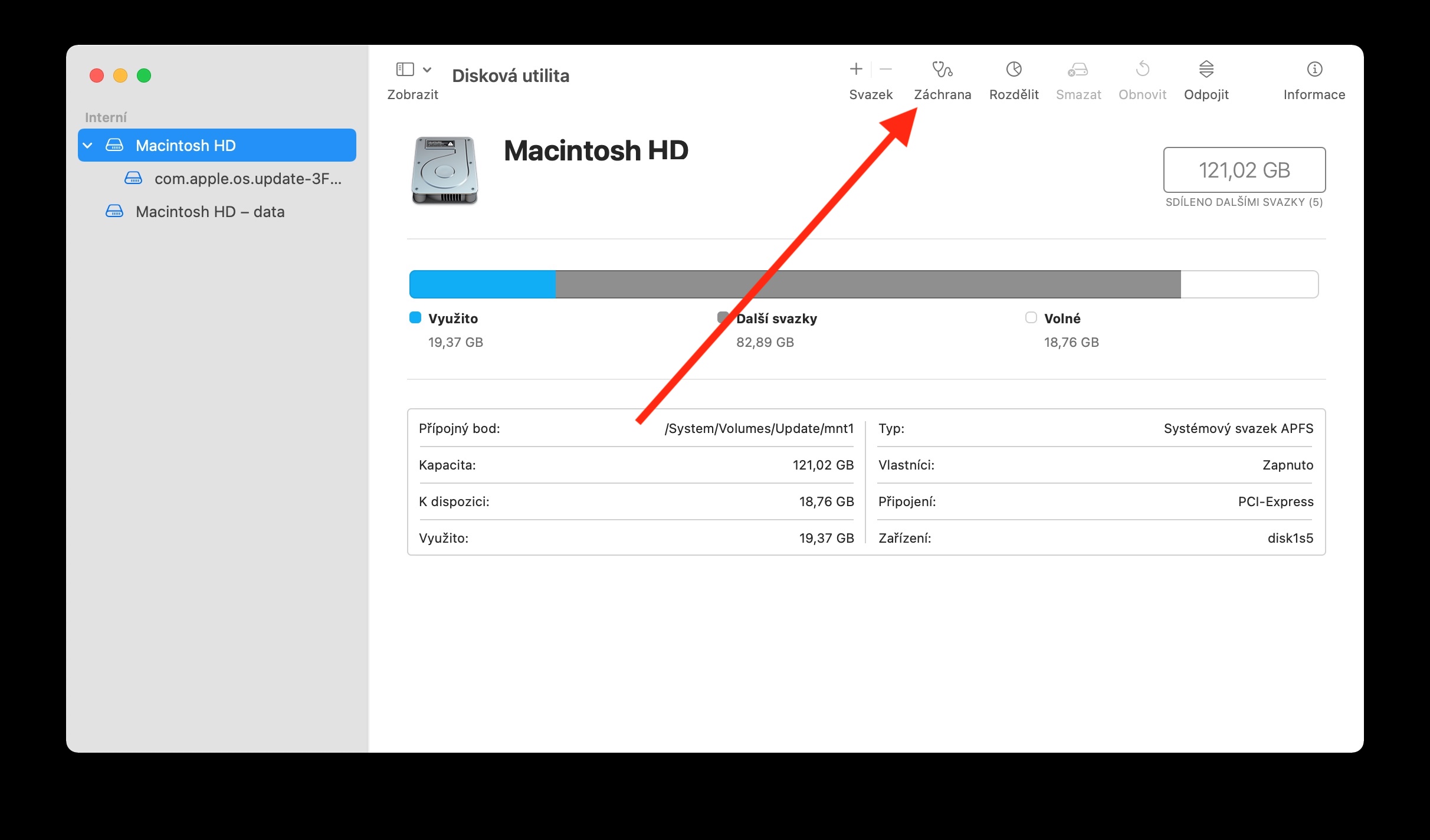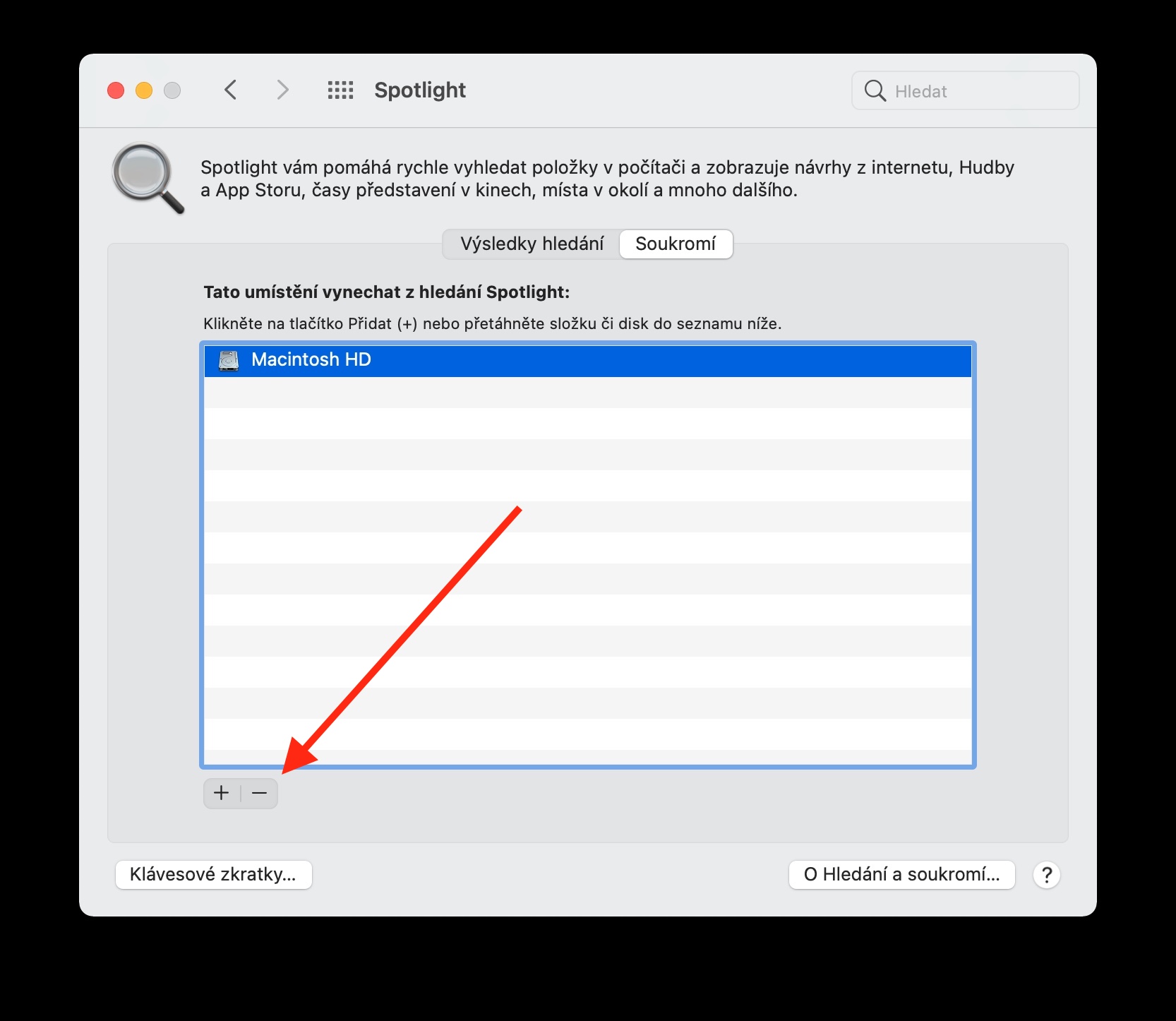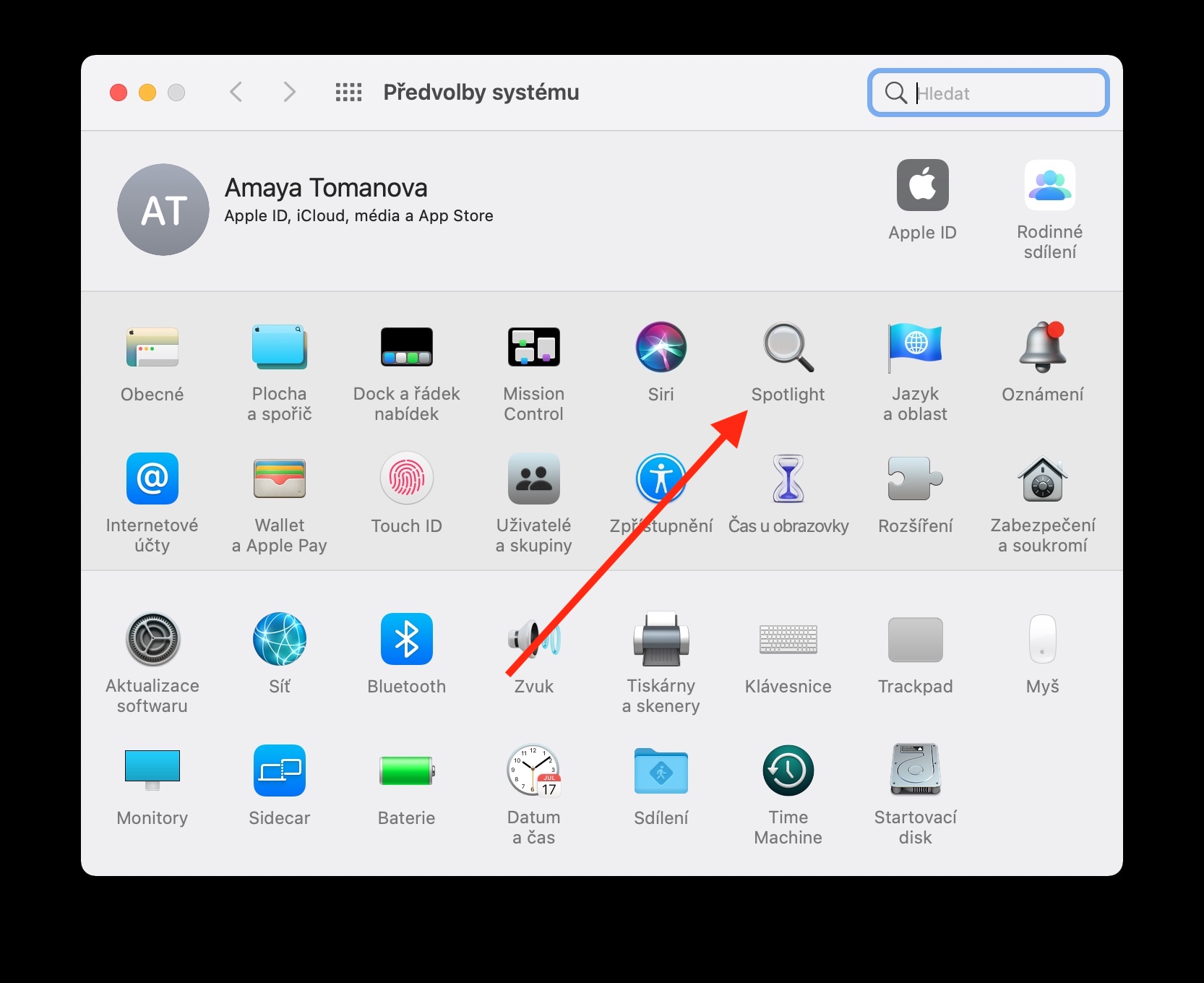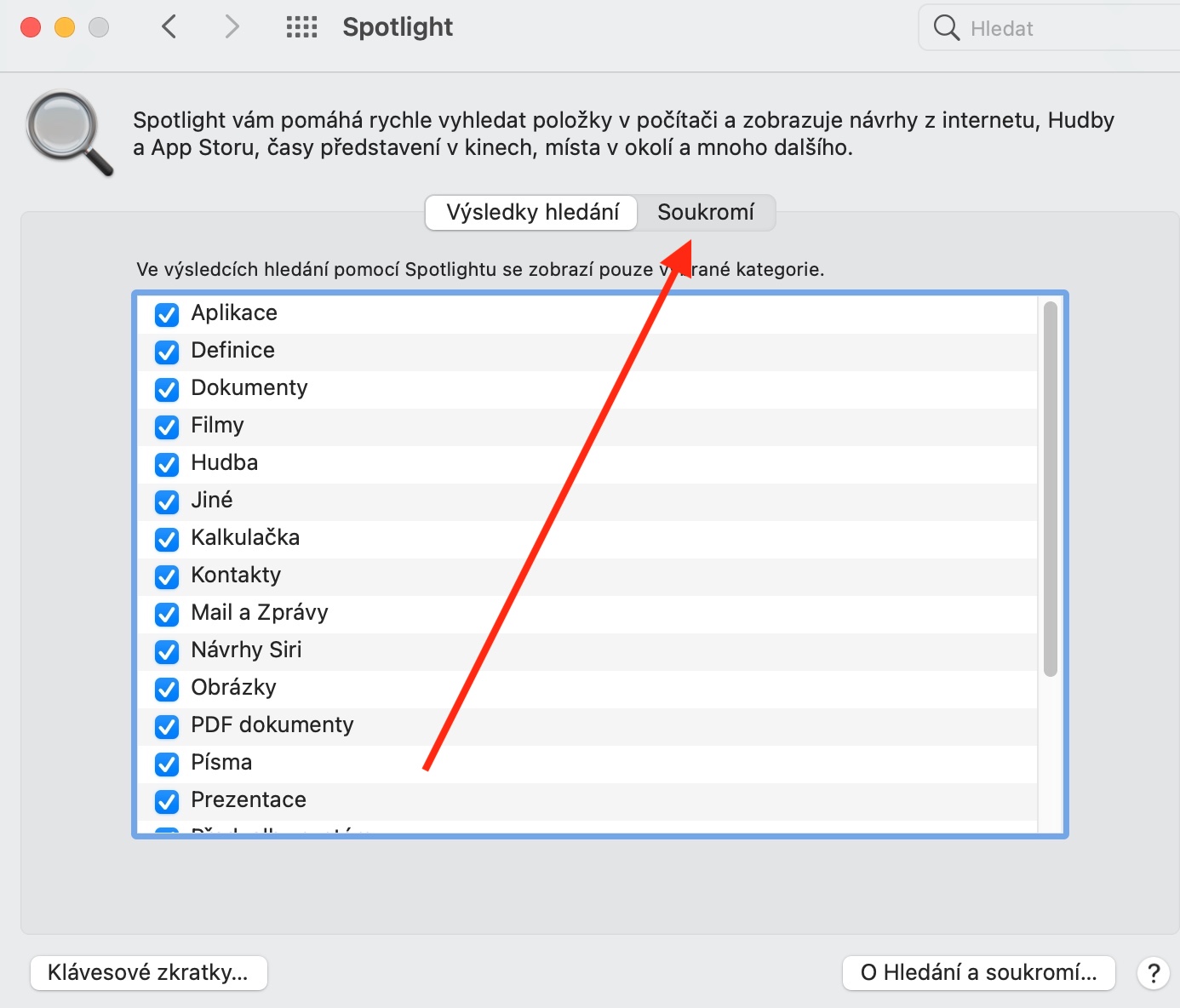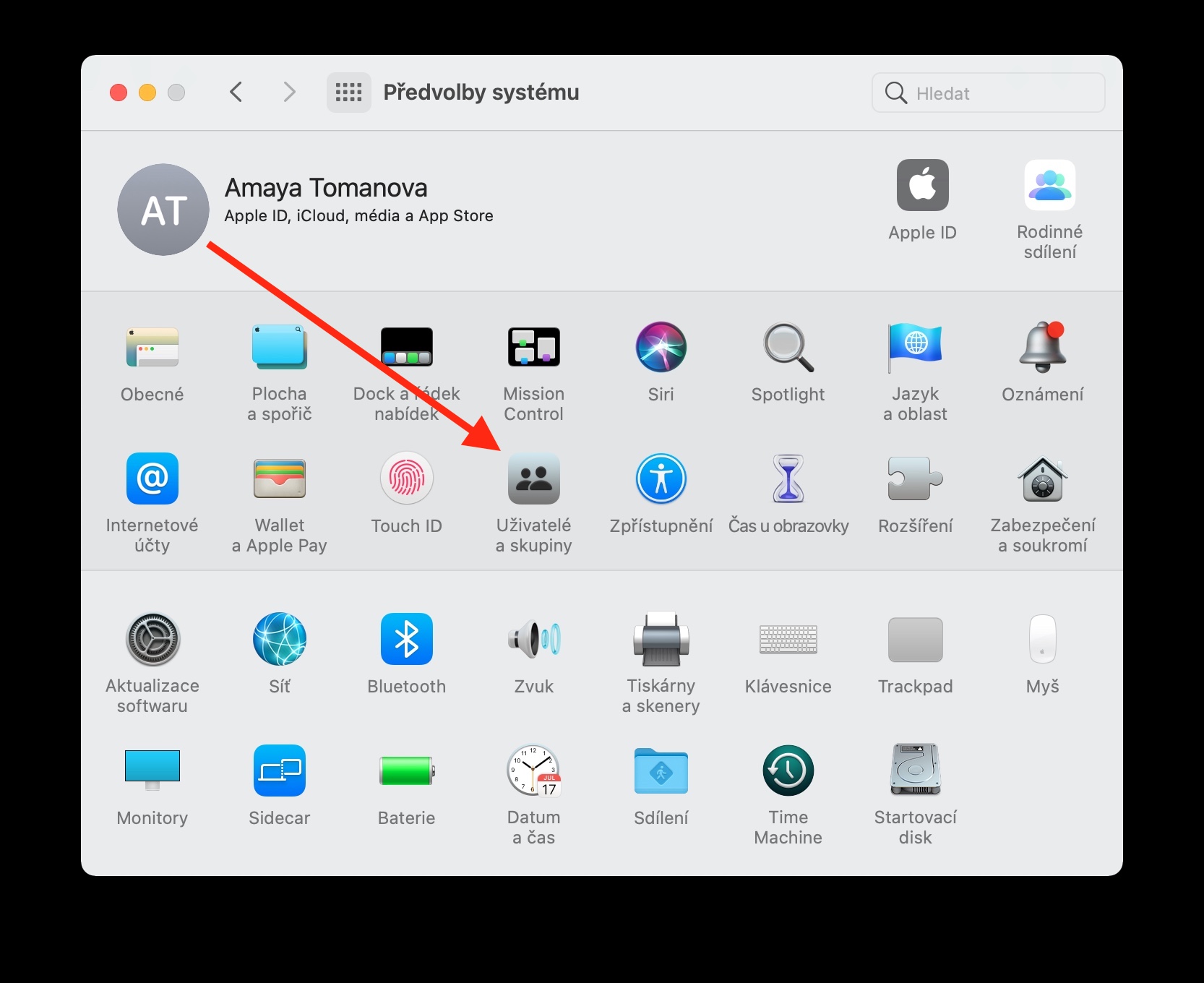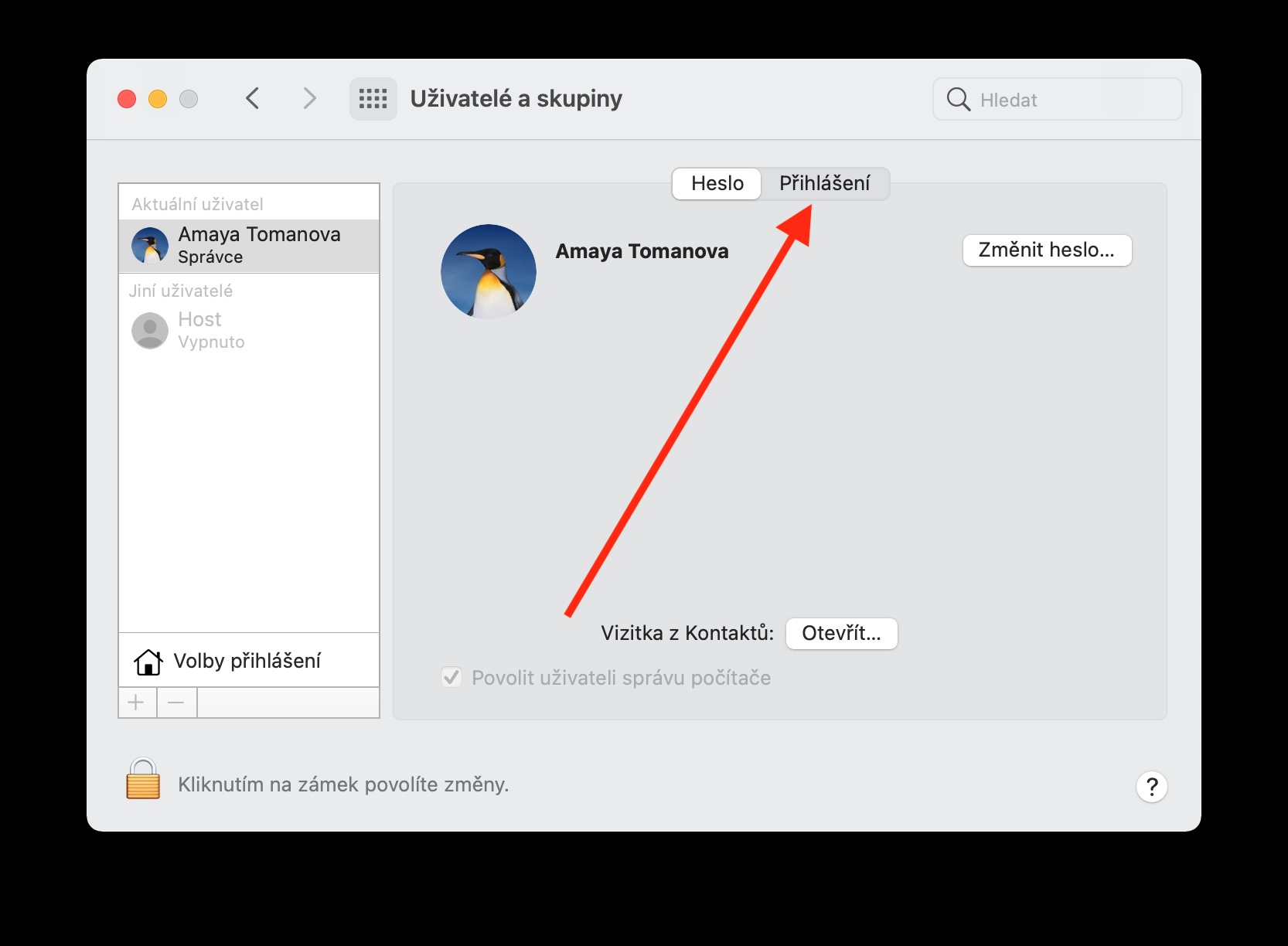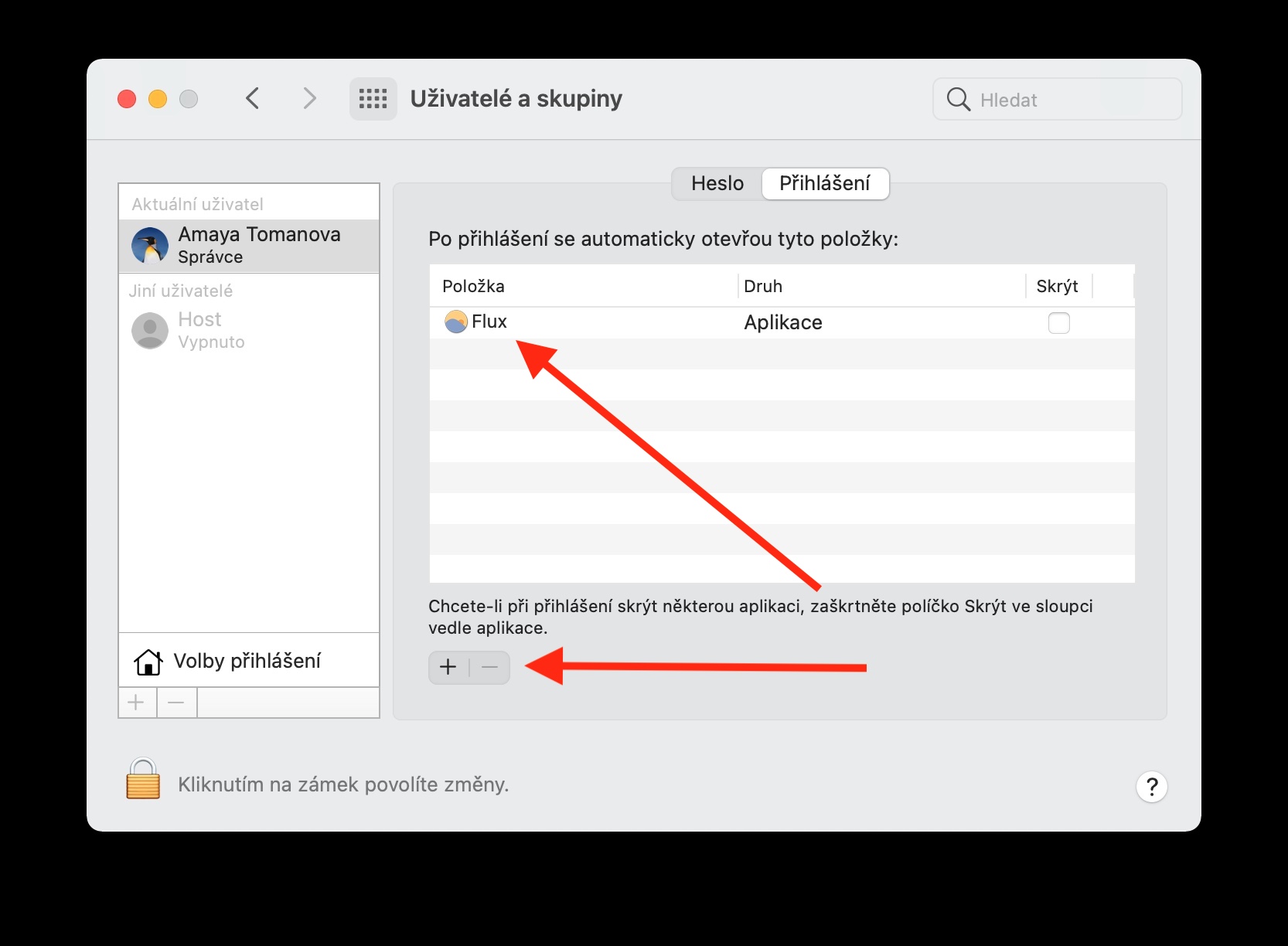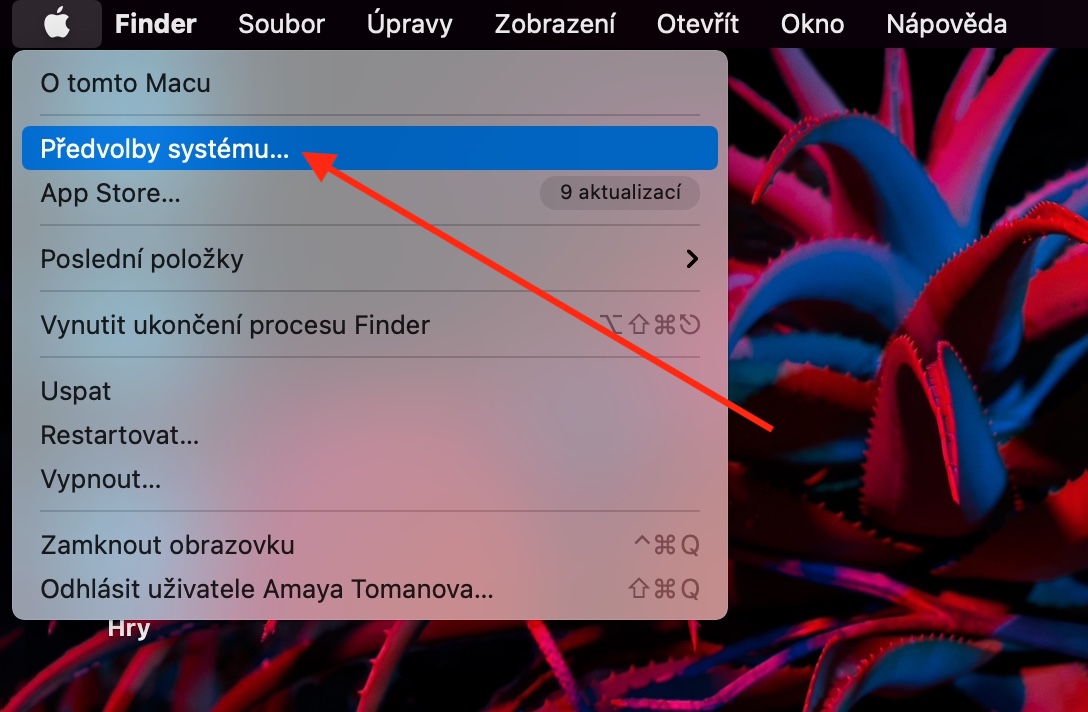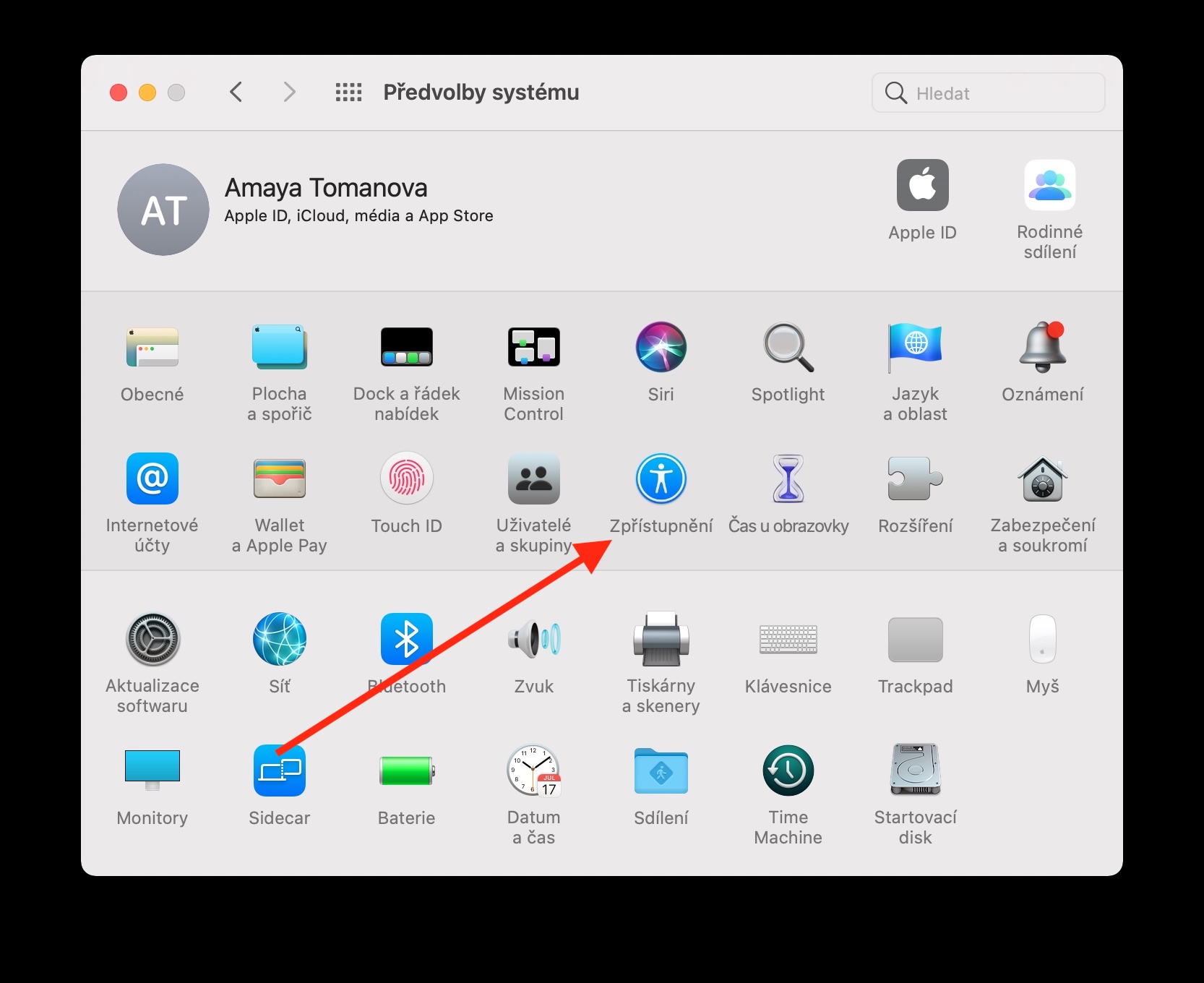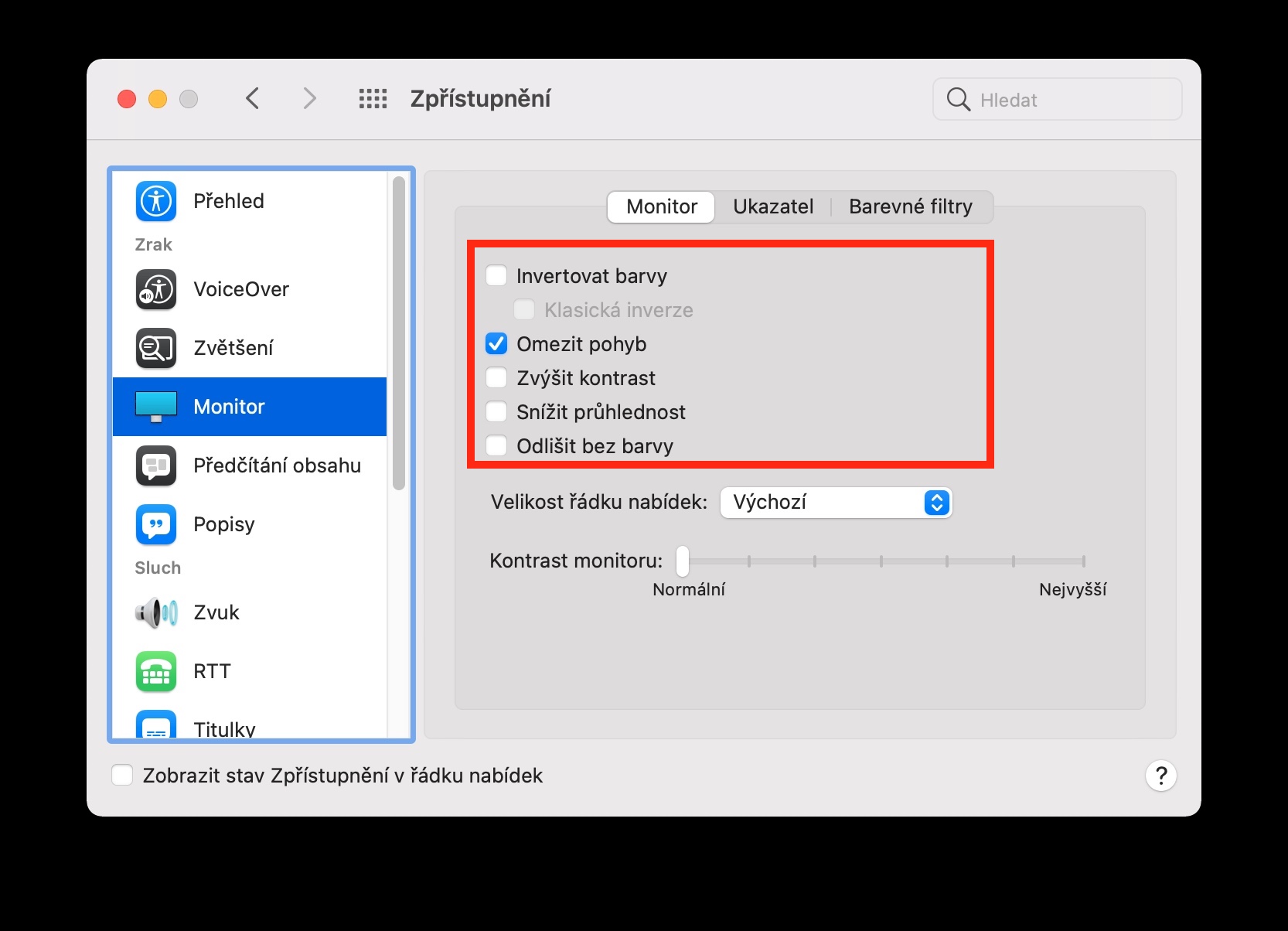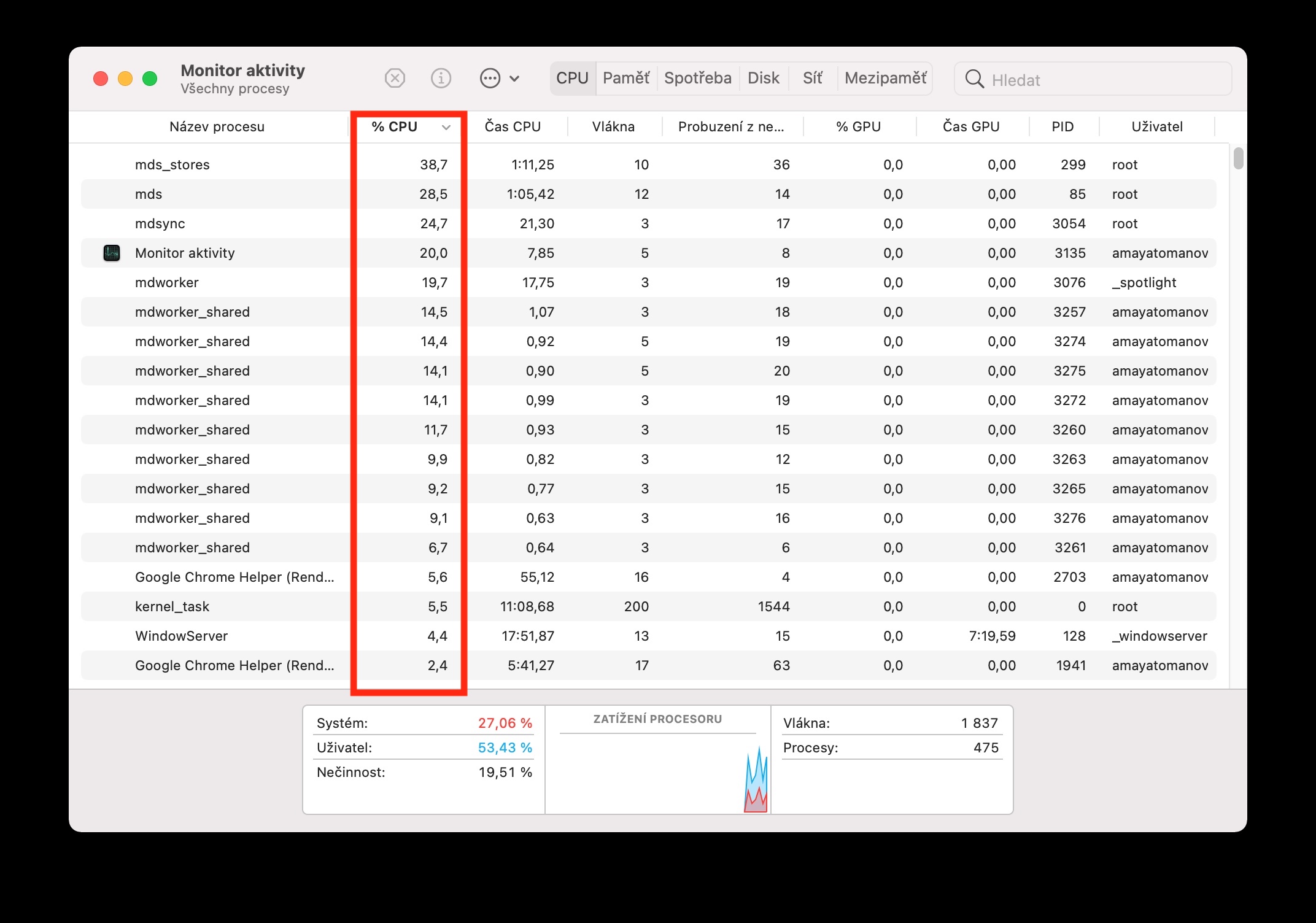All Mac owners are certainly proud of their machines and want them to perform at their best. But sometimes it can happen that your Mac slows down for some reason or just doesn't work quite as it should. In our today's article, we will introduce you to six tips. that help you improve the performance, functionality and speed of your Mac.
It could be interest you
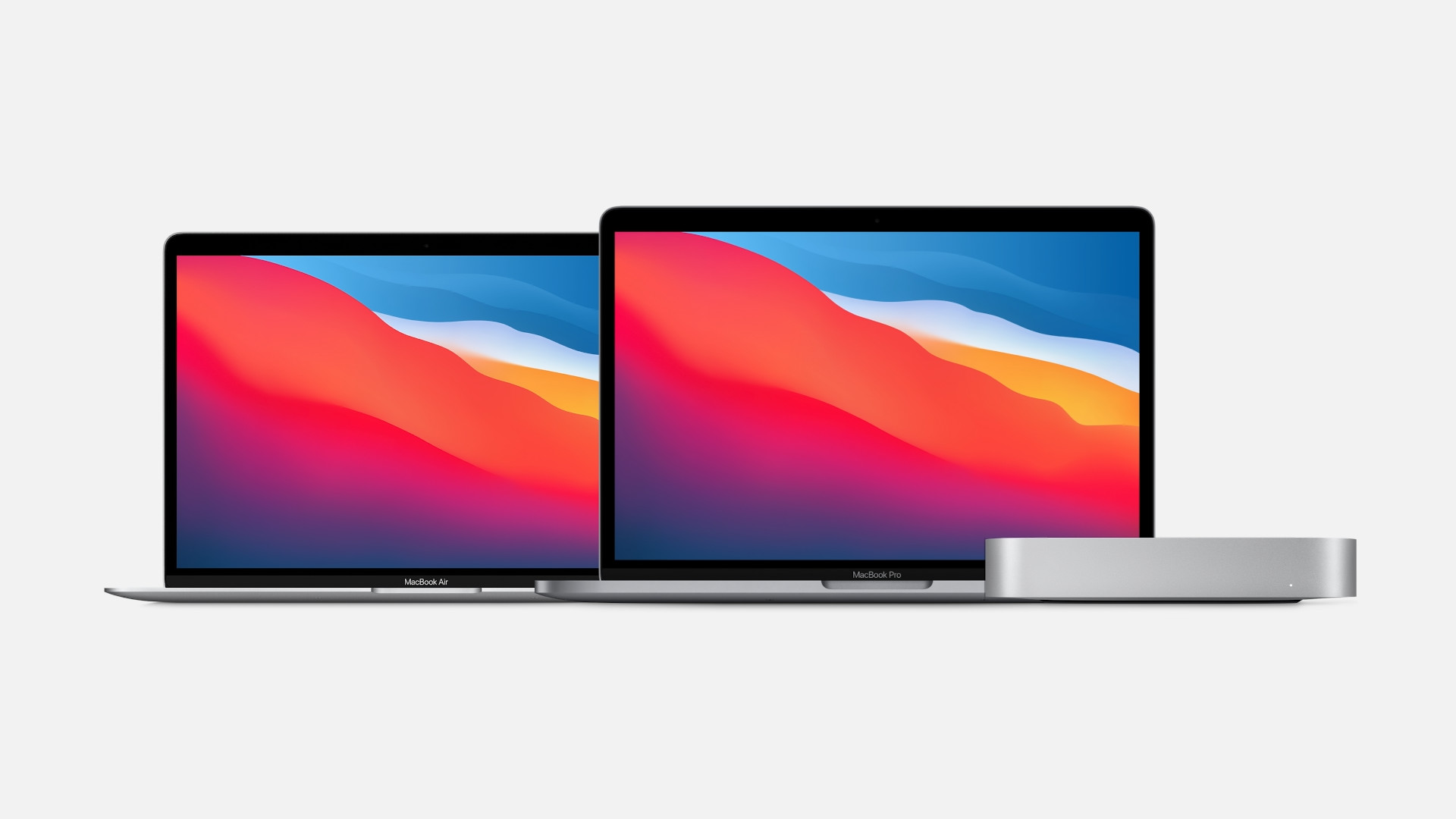
FIRST AID KIT
If you think that your Mac's performance and operation have deteriorated for a more serious reason than just a more demanding game or an overly demanding web browser, you can call for help Disk Utility, with the help of which you can perform a quick cursory diagnosis and save the disk. The fastest way to run Disk Utility is to you activate Spotlight (Cmd + Spacebar) and do text box, type Disk Utility. In the left side of the window, select Disks, which you want to take care of, and select an item from the bar at the top of the window Rescue – then just confirm the action.
Ease up on Spotlight
Spotlight is a great and useful part of the macOS operating system. With its help, you can launch files, open folders, search on your Mac, launch applications, but also perform various conversions or calculations. However, as you use Spotlight, its database can become crowded. If you want to reboot the Spotlight database on your Mac, click in the upper left corner -> System Preferences, select Spotlight and click the tab Privacy. Click the button at the bottom left "+" and add to "forbidden list" your computer's hard drive. Then on Disks click on the list again and in the bottom left click on "-".
Control the start
When you start your Mac, a number of applications that you may not need at all are often automatically launched. But running them can often slow down your computer's startup. So, in the upper left corner of your Mac screen, click -> System Preferences. Choose Users and groups, choose your name and then click the tab Login. In the end, it's enough disable apps, which are not absolutely necessary for you to start after you turn on your Mac.
Quit applications
When working with a Mac, it can sometimes be hard to tell if you've actually quit an app or just minimized it, and apps running in the background can sometimes have a negative effect on how quickly your Mac runs. You can recognize a running application by hovering over its icon v Dock finds a small dot. If you want to close such an application, you can at icon right click and select End. In case you are unable to turn off the application, click on in the upper left corner -> Force Quit, and select the apps you want to end.
It could be interest you
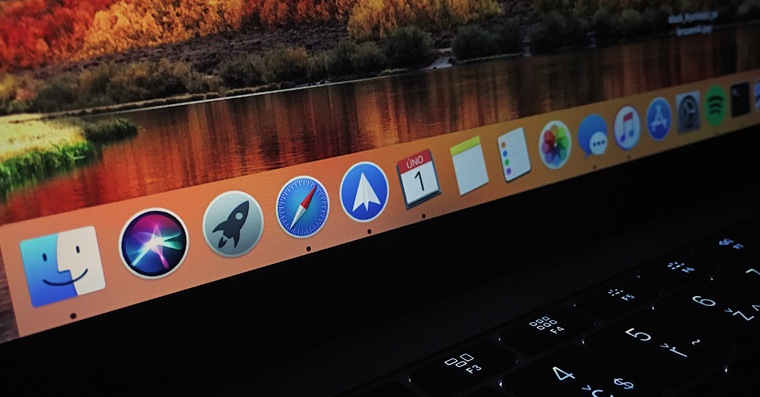
Speed is in simplicity
The charm of the macOS operating system lies, among other things, in a number of nice-looking little things, such as various visual effects. But even these can negatively affect the smooth running of your Mac. To limit the visual effects, click in the upper left corner -> System Preferences. Choose Accessibility -> Monitor a tick fields Limit movement a Reduce transparency.
Find the pest
Sometimes it can be difficult to figure out what is actually behind your Mac's sudden slowdown and performance degradation. These can often be apps that are demanding on system resources in some way, or apps that have encountered an error that is putting a strain on the system. If you need to find out what's slowing down your Mac, launch Activity Monitor via Spotlight (Cmd + Space), then click CPU at the top of the application window. Click on %CPU and the individual processes will be listed according to how much they are using your system.

